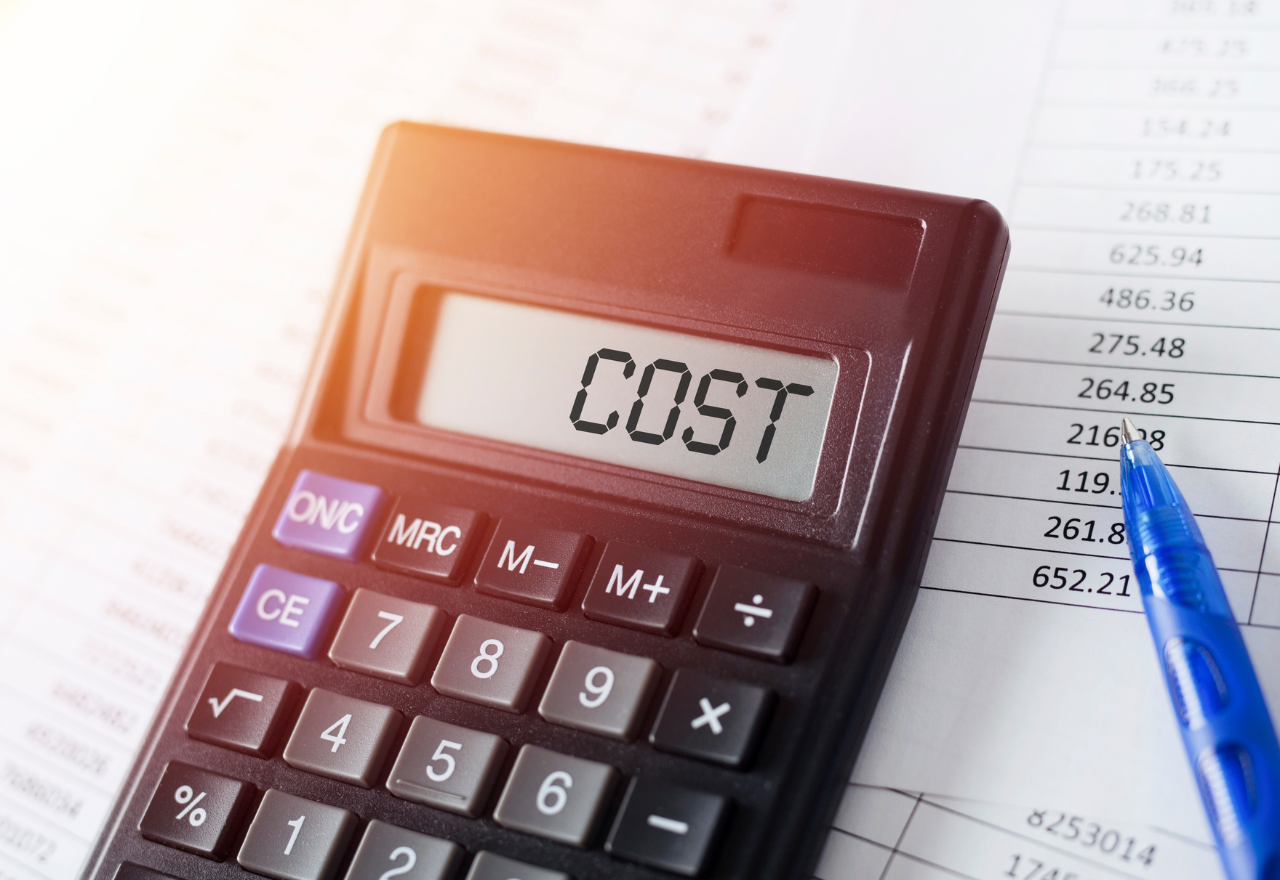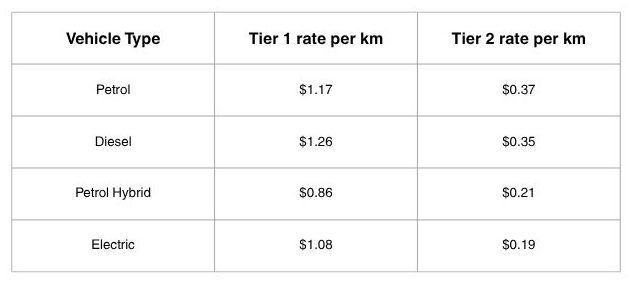Accounting: Optimal Vehicle Expense Claims
David Hooper - Accounting Contributor
09 July 2025, 9:37 PM
 Understand how to split vehicle costs, keep a logbook, and choose the right method to maximise your tax claim.
Understand how to split vehicle costs, keep a logbook, and choose the right method to maximise your tax claim.Running a small business often means using your car for both work and personal errands.
Navigating the tax rules for vehicle expenses in New Zealand can be confusing.
For Sole Traders and Partnerships
Business vs. Personal Vehicle Use
Business use vs. private use: You can only claim business-related vehicle costs.
Any personal use of the car is not tax-deductible.
This means trips like driving to meet a clients count as business use, while driving your kids to school is private use.
Importantly, commuting from home to your regular workplace is considered personal travel, not business use, even if you’re driving to your business office each morning.
100% business or mixed use: If you have a vehicle used exclusively for business (and not for any private trips), you can claim all of its running costs as business expenses.
Most small business owners use the same car for both work and personal purposes.
In that case, you’ll need to split the costs between business and private use and only claim the business portion.
Keeping a Logbook: Tracking Business Use
A vehicle logbook is only required for 90 days (about 3 months) to establish your usage pattern, and then you can use that information for up to three years as long as your usage doesn’t change significantly (say 20% as a guide).
What to record:
- Date of the trip
- Odometer readings (start and end, or at least total distance)
- Distance travelled for that trip
- Purpose of the trip (business or personal reason)
Two Ways to Claim Vehicle Expenses (for Sole Traders)
- Actual Costs Method
- Mileage Rate Method
Method 1: Actual Costs Method
How it works: Under the Actual Costs method, you claim a percentage of all the actual expenses of running your vehicle, based on your business-use percentage.
Expenses include all running costs, interest on loans, depreciation or lease costs if you lease the car.
Method 2: Mileage Rate Method (IRD Kilometre Rates)
How it works: You need to record every business trip for the year.
Once you have the total business kilometres, you simply multiply that by the IRD’s rate for your vehicle.
Tiered rates: The IRD’s mileage rates are tiered to be fair for both low and high mileage drivers. There are two tiers:
- Tier One rate: This rate applies to the first 14,000 km of travel per year (this is total km the vehicle travels, not just business kms.
- Tier Two rate: This lower rate applies to any travel beyond 14,000 km in the year.
No double dipping: If you use the Mileage Rate method, remember that the per-kilometre rate is all-inclusive.
Note that GST can be claimed (including vehicle purchase) if using the actual cost method, but not for the mileage method.
The table of rates for the 2024-2025 income year.

Disclaimer
This article is provided for general informational purposes only and does not constitute legal, financial, or tax advice.
While every effort has been made to ensure the accuracy and relevance of the content at the time of publication, tax laws and Inland Revenue (IRD) policies are subject to change.
Readers are strongly encouraged to consult a qualified tax advisor or accountant before making decisions based on this information, particularly where unique circumstances or complex business arrangements are involved.
DHCA accepts no liability for any loss or damage arising from reliance on the information contained in this article.
At David Hooper Chartered Accountants, we help local businesses make smart financial decisions. Get in touch today at [email protected] or call 09 421 1635.


